I have a new hobby! I am a big fan of hand-lettering and a big history enthusiast. I recently decided to combine two of my passions and start lettering with a fountain pen. That naturally led me down an internet rabbit hole of trying to learn about the history of fountain pens and their related supplies. I came across so many stunning inkwells from history and had to share them here.
Do you use a fountain pen? Please let us know in the comments.
But first, some history
The art and utility of handwriting have been around since almost the most ancient of times. It is believed that ink was first used for the purpose of writing in ancient Egypt in the 2nd millennium and in China in the 4th. The materials used were different, with Egyptians employing burnt materials such as wood along with a gum arabic binder, while the Chinese plant and animal inks. Feathers and needles were used in the early days, with India being known for perfecting the use of the needle in the early centuries of ink usage.
Ink cartridges were invested as early as 974 with the legend being that at this time a caliph by the name of Al-Mu’izz li-Din Allah in Arab Egypt wanted a writing utensil that would not stain his hands and clothes. Many also believe that Leonardo Dd Vinci invented an early model. Says Wikipedia:
“Leonardo’s journals contain drawings with cross-sections of what appears to be a reservoir pen that works by both gravity and capillary action. Historians also took note of the fact that the handwriting in the inventor’s surviving journals is of a consistent contrast throughout, rather than exhibiting the characteristic fading pattern typical of a quill pen caused by expending and re-dipping. While no physical item survives, several working models were reconstructed in 2011 by artist Amerigo Bombara that have since been put on display in museums dedicated to Leonardo.”
You can view one of the recreations here: The pen designed and used by Leonardo Da Vinci.
Great though the invention, until roughly WWI fountain pens ran out quickly, requiring ink stands to be kept nearby. In the early days of ink usage, they were quite utilitarian, such as the one below from 2030–1640 B.C. This was primarily because writing was a task often outsourced. As the upper class began to write their own letters rather than using scribes inkwells became more ornate and even served as status symbols.
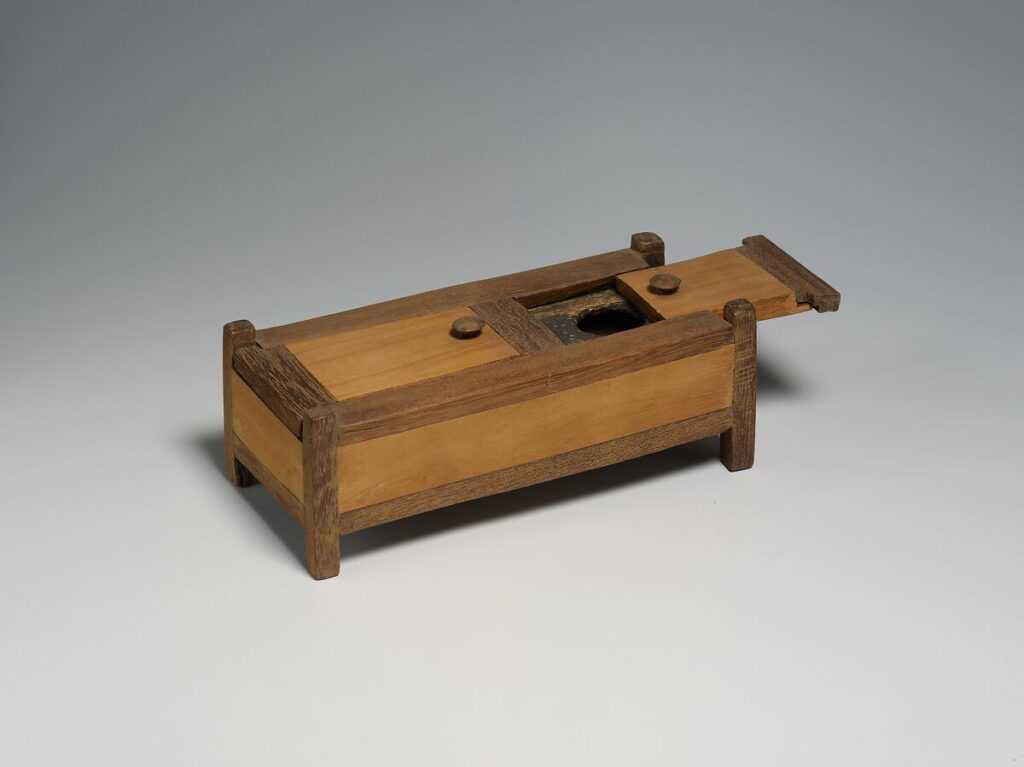
Image source: MetMuseum.org
Inkwells followed much of the same aesthetics as other home furnishings we have seen through time, particularly egg stands. Let’s take a look!
18th and 19th century inkwells
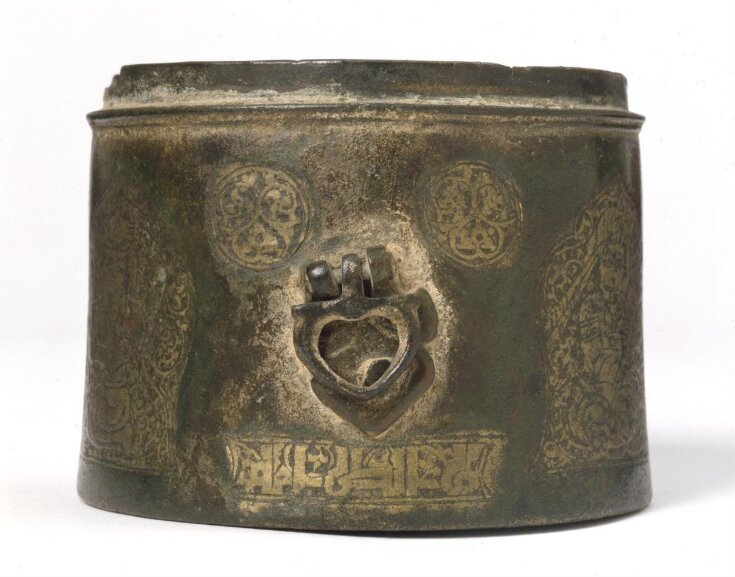
Image source: V&A Museum
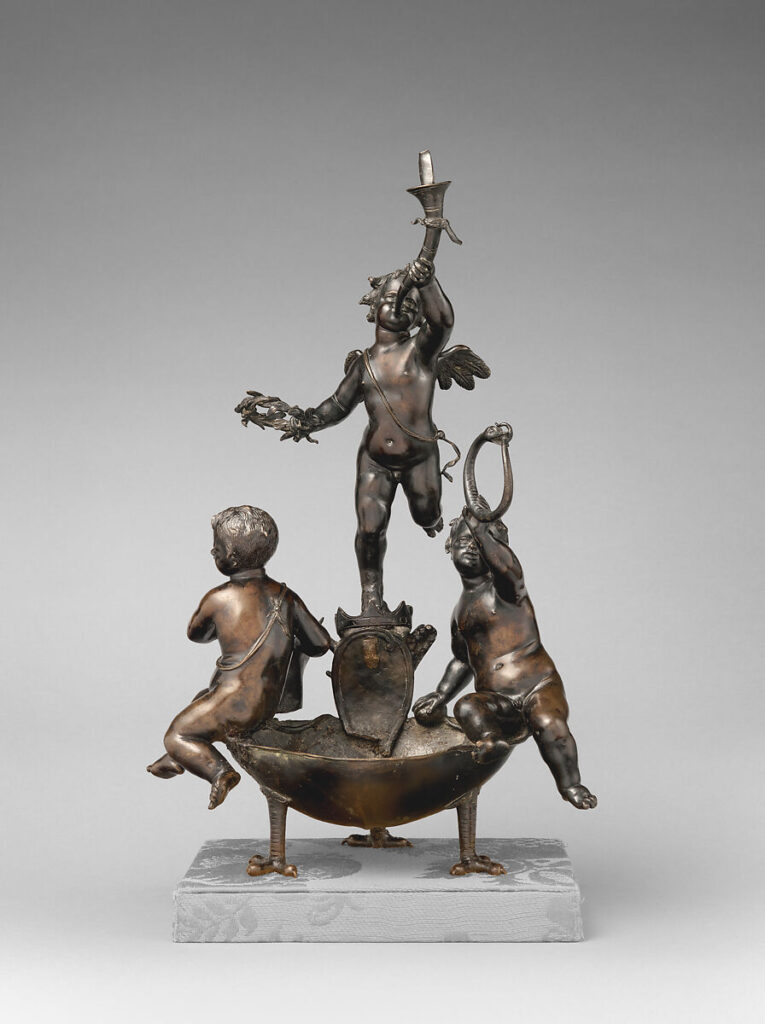
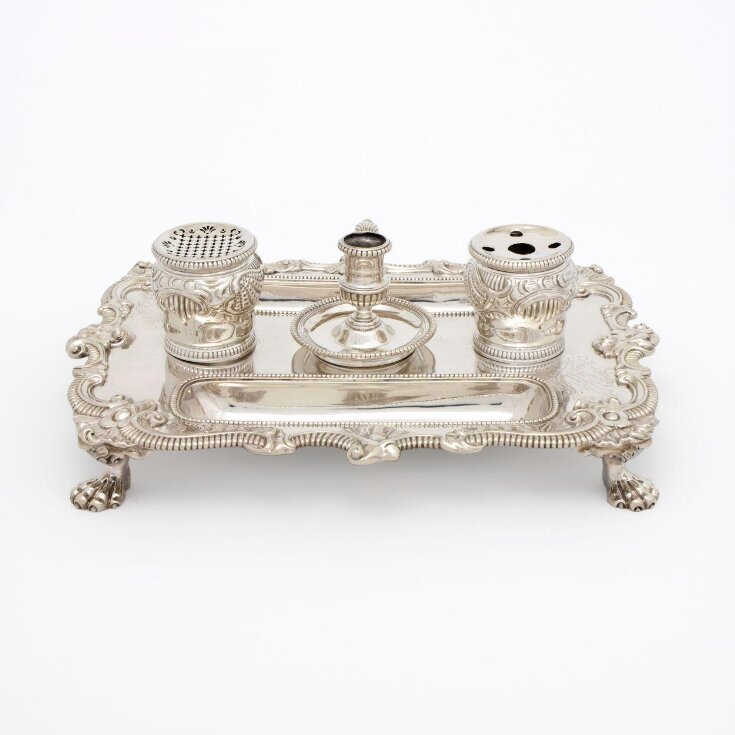
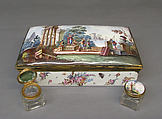
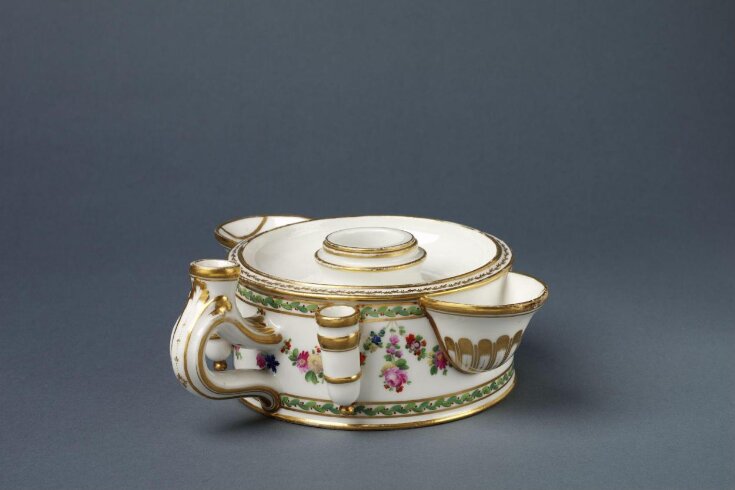
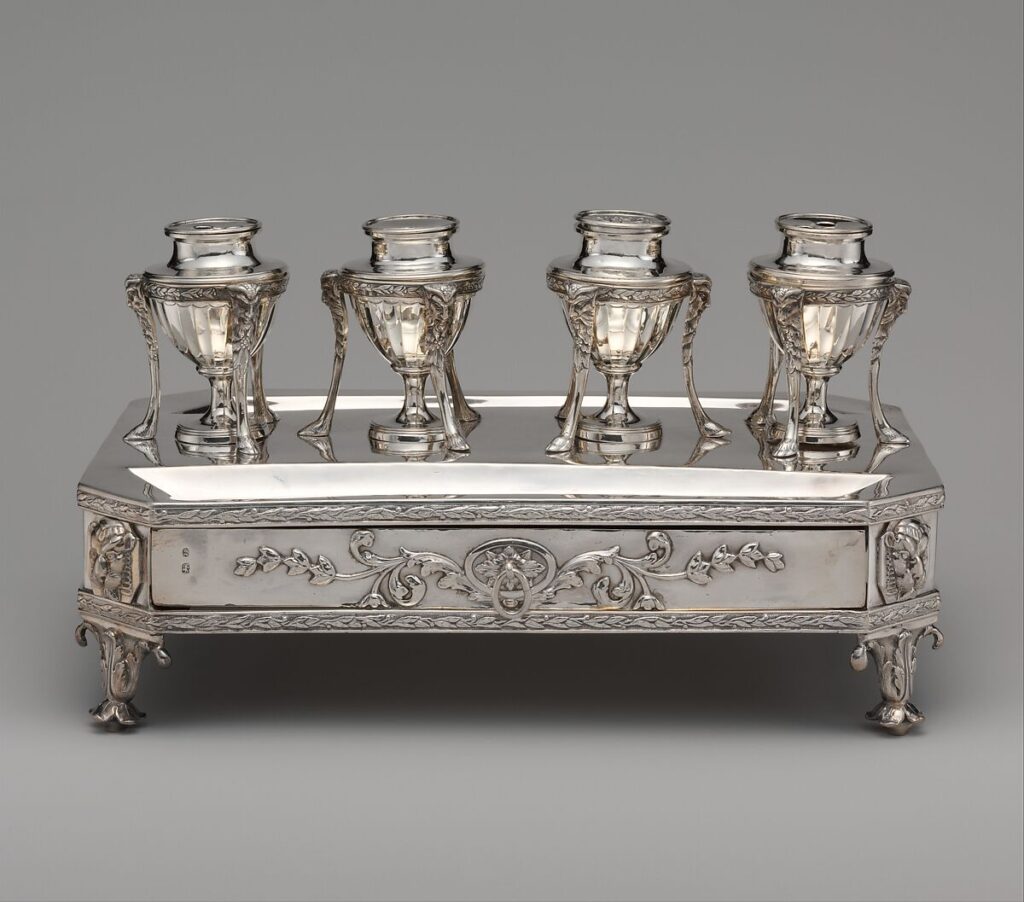
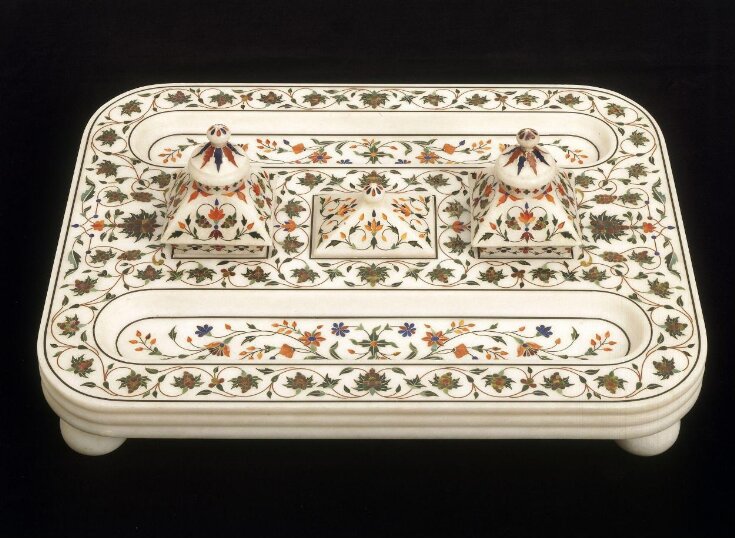
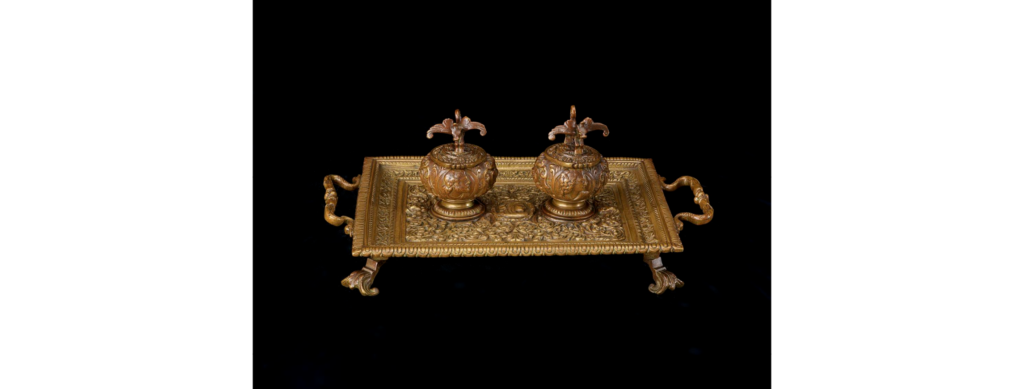
Image source: Smithsonian Museum
Honorable mention: inkwell desks
I enjoyed coming across many images from school desks from the 19th century all the way to the 1950s with built-in holes for inkwells. This shows just how widespread the use was, and also how gradual the transition was from fountain pen to ballpoint and pencil. I definitely think that they deserve inclusion in this post.
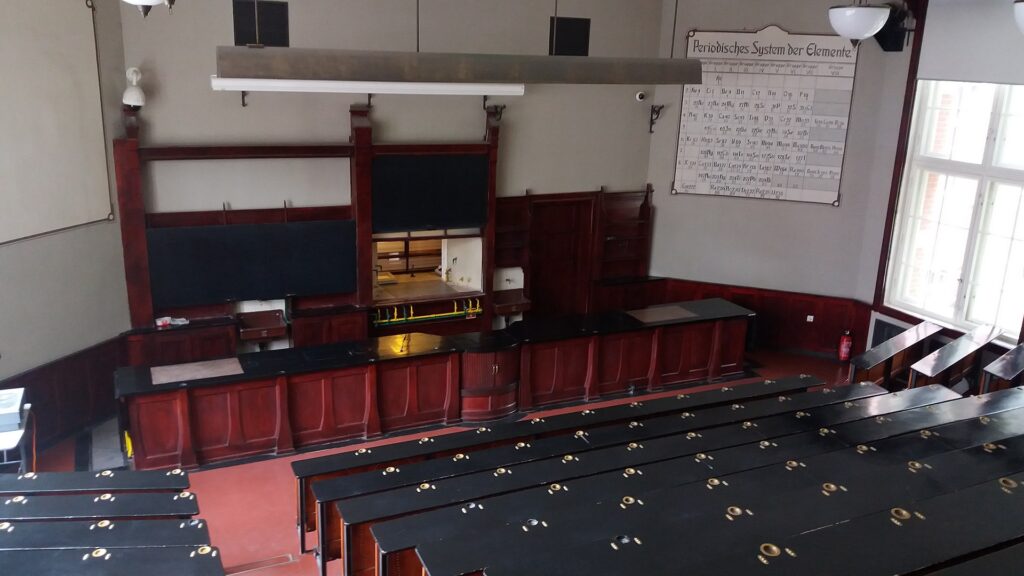
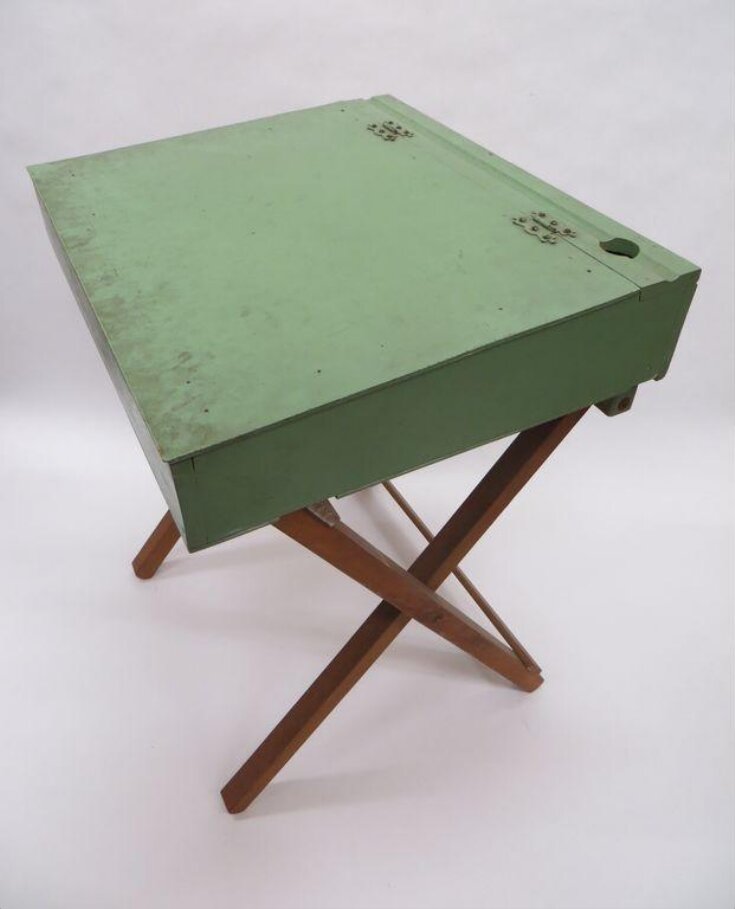
Image source: V&A Museum
20th-century inkwells
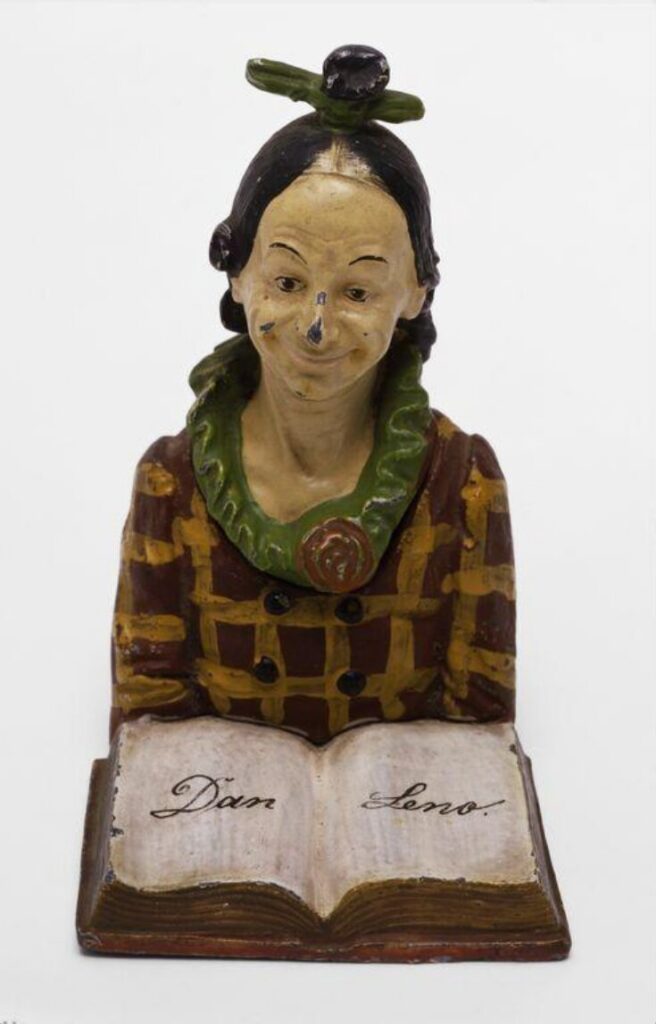
Image source: V&A Museum
The Victoria Albert Museum says of the unique inkwell above:
“This unusual object is a souvenir inkwell in the shape of the much-loved music hall and pantomime performer Dan Leno (1860-1904). The hinged head section opens to reveal a glass ink well. Leno is dressed as Sister Anne, the role he played in the pantomime Blue Beard by J. Hickory Wood and Arthur Collins at Drury Lane Theatre, 27 December 1901. Manufactured as a souvenir, its production bears witness to Leno’s enormous popularity.”
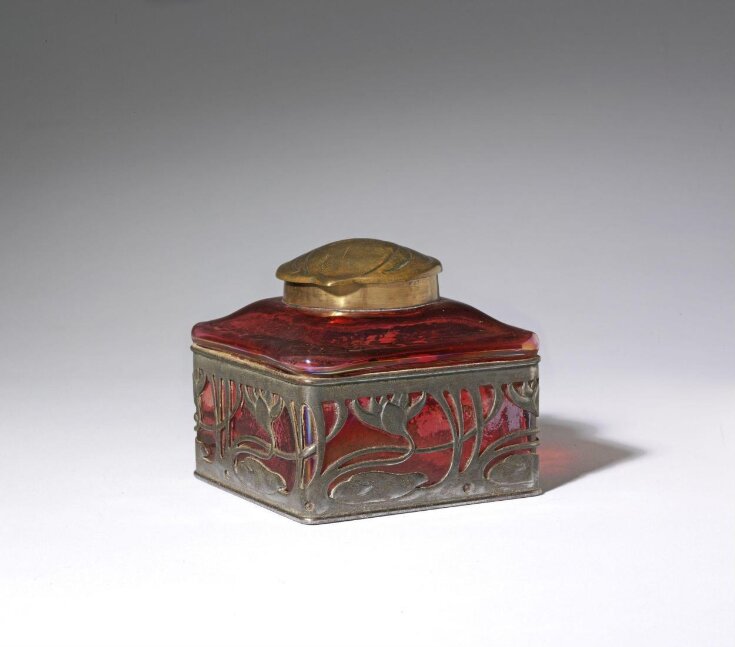
Image source: V&A Museum
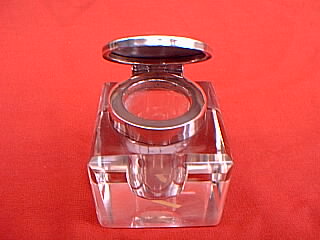
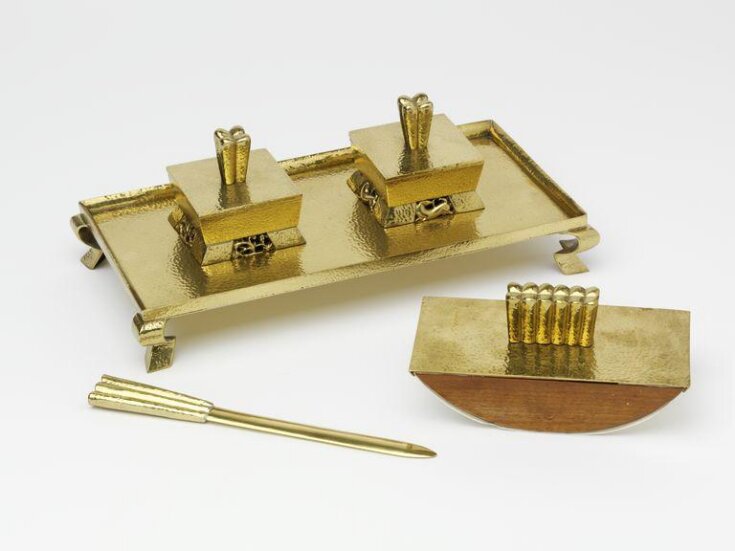
Image source: V&A Museum
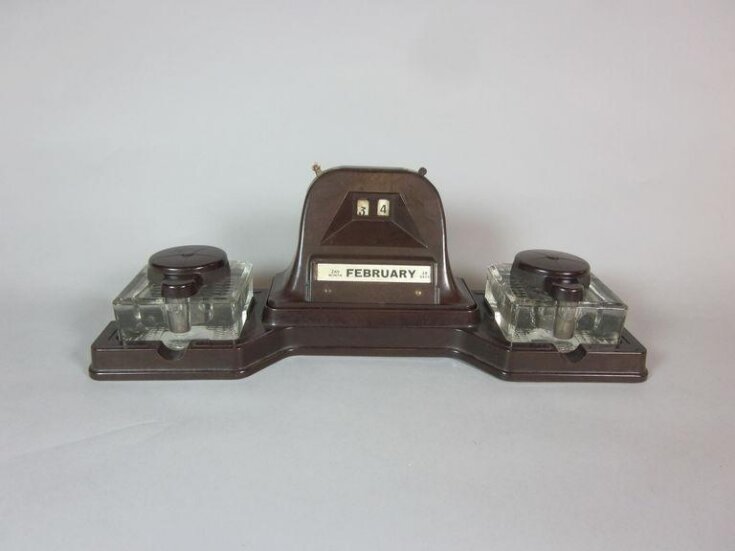
Image source: V&A Museum
Inkwells cease
Inkwells had a good run. As the 20th century approached, however, individuals increasingly desired more convenience and were curious about new ways to do everyday tasks. The first portable plastic cartridges appeared on the market during WWI.
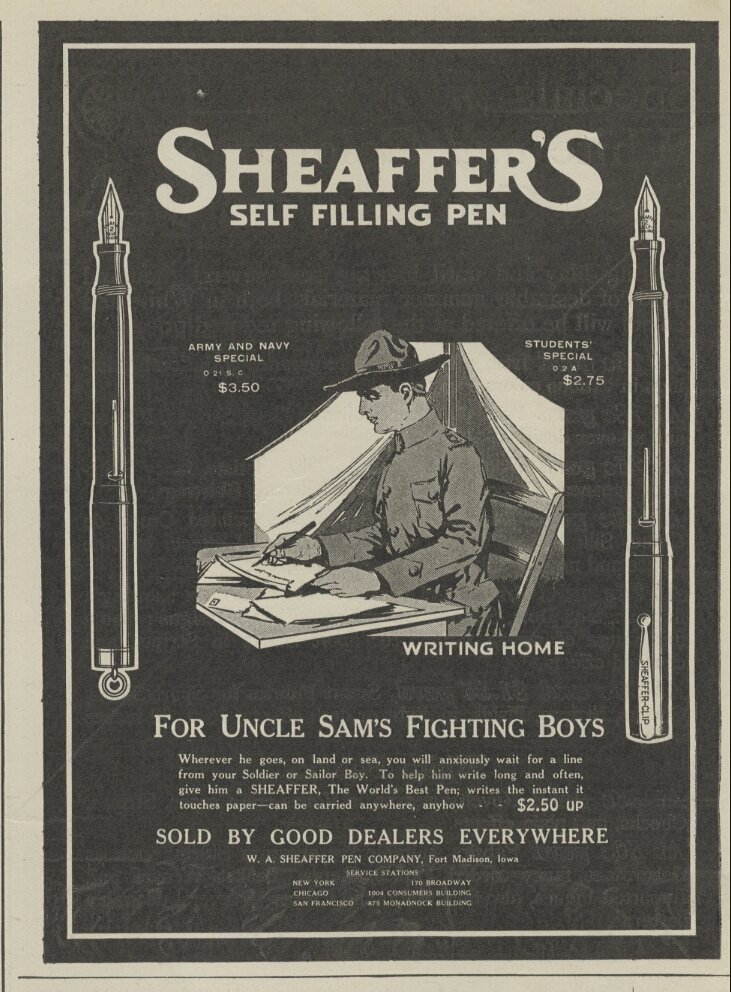
The ballpoint pen would follow in 1945, changing the way we write forever.
Read more: The Cheap Pen that Changed Writing Forever
I am excited about being a part of keeping the art of ink and pen alive!
Do you love trinkets from history? So do we! Enjoy these posts:
Are your egg cups ready for Easter?
19th-century spicy trinkets: Nutmeg graters

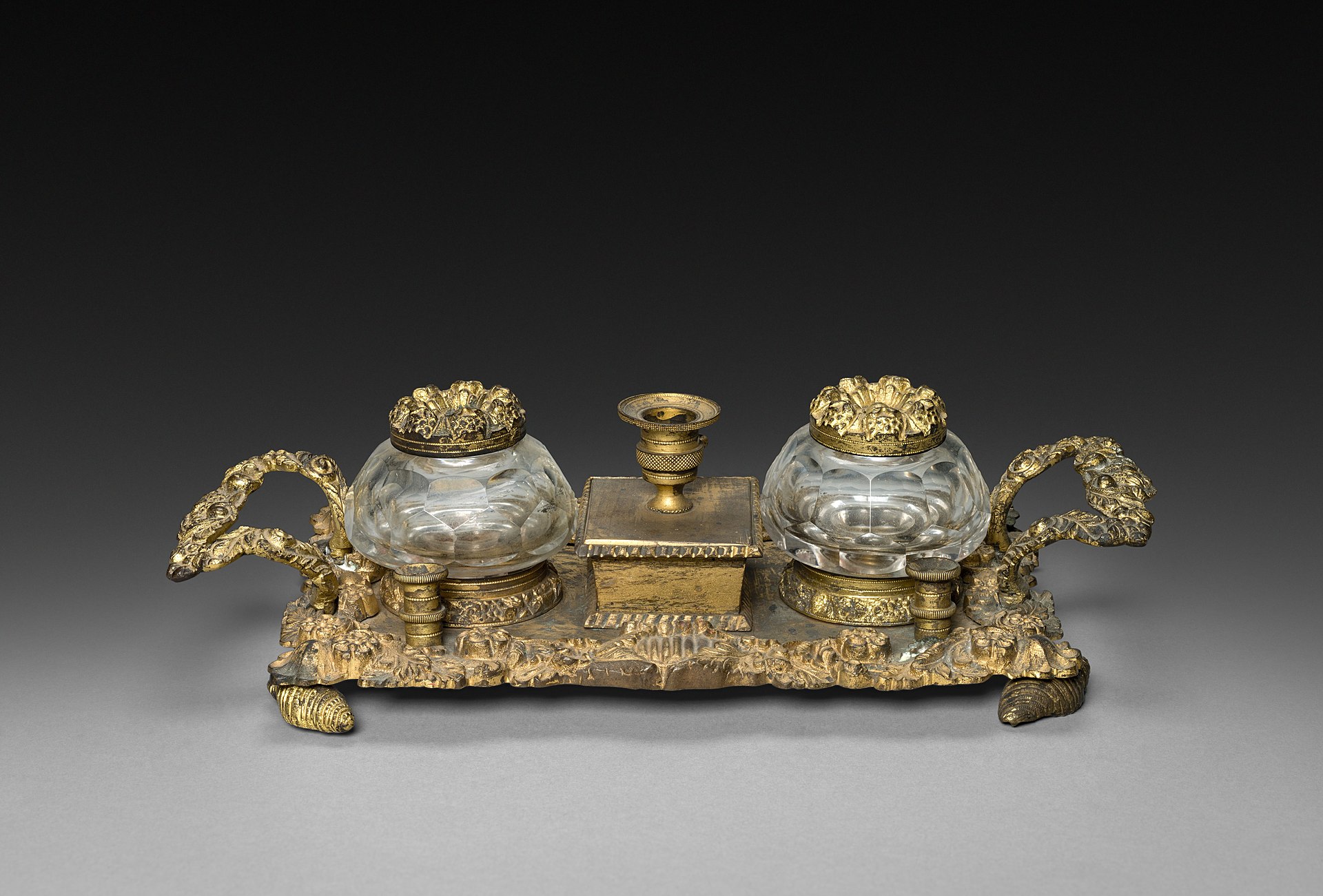

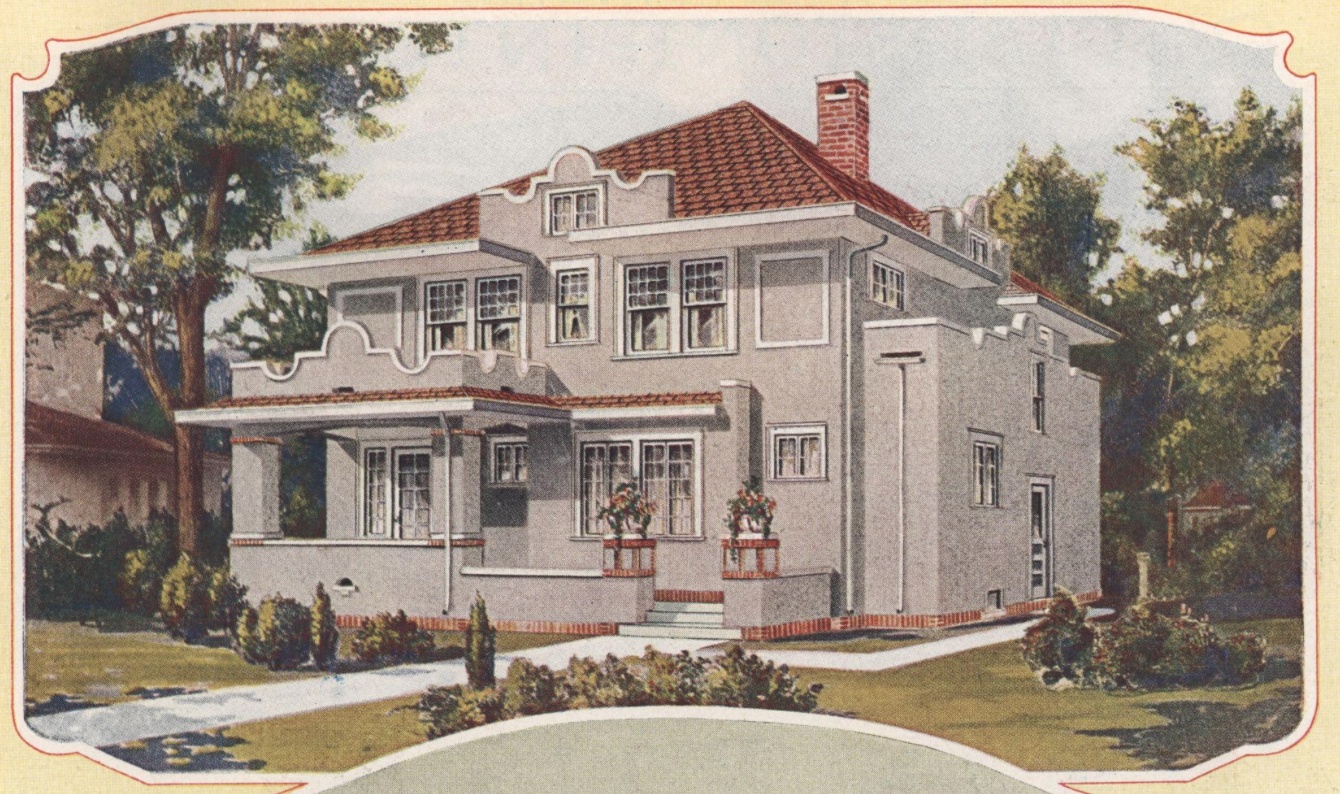










I hope that you will have an article on fountain pens soon. I can only write with a fountain pen, so I love anything to do with them.